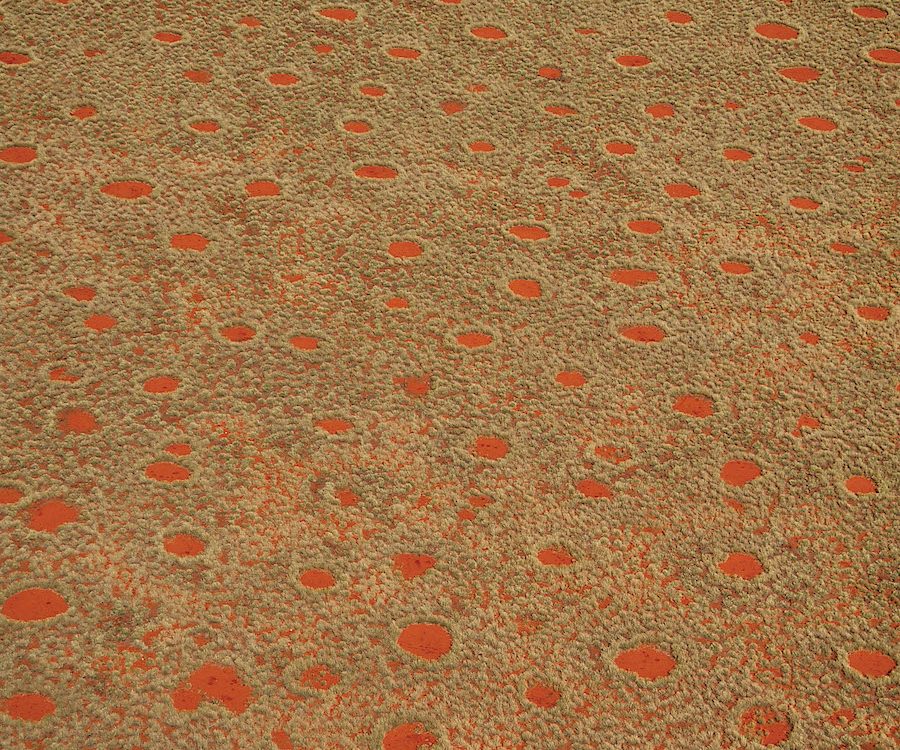An extraordinary Dash through the Desert
December 20, 201210 of the Coast’s Hangout Spots Not to Miss this December
December 21, 2012Text and photographs Annabelle Venter
The very name itself, o-m-a-j-o-w-a, causes the heart to beat a little faster. Certainly amongst Namibians, at any rate!
For this is no ordinary mushroom to be found in any supermarket, available simply whenever you feel like it.
The omajowa is a wild Namibian delicacy, eagerly anticipated each year after the first summer rains by almost everyone, including the animals that feed on them.
Even if you’re not particularly fond of mushrooms, the search, discovery and finally preparation of one of these ‘super-shrooms’ is reward enough. If you’re not lucky enough to search for your own (and if you do, remember to respect the farmer’s land), you can always buy them along the roadside.
A couple of years ago, while living in Omaruru, my interest in photography led me to search for the perfect mushroom to photograph, not just once, but in all its various stages of unfolding development. My quest led me first to farmer Hansie Traupe of Kakombo just outside Omaruru.
We agreed to meet at his farm one afternoon, and after travelling about 20 minutes through numerous farm gates, all energetically unlocked, opened and shut by Hansie, we arrived at a small clearing with several termite mounds, seemingly in the middle of nowhere.
Looking around I was puzzled to see bare earth but no mushrooms in sight. On investigation we found that the mushroom Hansie had intended showing me had been munched by a passing cow or kudu, obviously much more in need of it than I was!
The record for the previous year was apparently 55 mushrooms on one termite mound, and the largest omajowa had a diameter of 45 cm!
Undeterred, we scouted around in the thick and prickly undergrowth at the base of the termite mounds, and sure enough found just what we were looking for. An omajowa newly emerged from the hard, red earth. The strength of this fungus to push aside that heavy earth is quite extraordinary!
Hansie told me that farmers in the area have a little contest amongst themselves each year to determine who has the most and biggest omajowas on their farm! The record for the previous year was apparently 55 mushrooms on one termite mound, and the largest (perhaps not on the same farm) had a diameter of 45 cm!
Wow! You can spend days eating a mushroom that size! No wonder the locals make mushroom ‘steaks’! Having said this, the mushrooms do need to be consumed quickly once picked (they also freeze well), as there is an army of little insects that have a preference for ripe omajowas.
Now that I had recorded the birth of a baby omajowa, I next approached our friends Guy and Tiny Claveau, the managers of Epako Game Lodge, who agreed to be on the lookout for suitable, accessible mushrooms.
Within a few days word came from Guy that the perfect anthill had been located and was being ‘protected’ from two- and four-legged gastronomes. Gathering my gear, I raced over to Epako to find a termite mound right near the lodge with no less than 16 beautiful specimens just surfacing from the hard earth. Guy had thoughtfully hung empty mealie bags from the surrounding trees to scare off the baboons, as well as several notices to any humans who might be eyeing the feast.
Over the next three days I was able to photograph at my leisure as the omajovas grew to their full size, before they needed to be harvested for dinner at the lodge on the third day!
There are many ways to prepare amajowa – fried in butter, grilled, as ‘steaks’ fried in batter, prepared as soup, risotto, sauce or wrapped in pastry, on pizza or even in ice cream, which, strangely enough, is actually delicious!
All that remained now was to put the photographs together as a visual record of Namibia’s magical mushroom, but I came up against a problem when it came to the spelling of omajowa. After phoning around a bit and doing some research on the web, I still had not found an answer I could be sure of.
And then I came to my senses.
Since it’s a Herero word, I decided to ask the Herero people what they thought. That’s when I discovered there are at least two ways of spelling it.
As Monica Tjirare, a schoolteacher from Omaruru told me, the older people had learnt to spell it omayova, but the younger folk now spelt it omajowa or omajova. There may well be other variations, for all I know.
Whichever way you spell it, there are many ways to prepare it. Fried in butter, grilled, ‘steaks’ fried in batter, prepared as soup, risotto, sauce or wrapped in pastry, on pizza or even in ice cream (strange maybe, but actually delicious!). It’s definitely worth making this annual Namibian tradition yours, if you haven’t already done so. And if you can’t make it out to the country, you might be lucky enough to find it featured on a few restaurant menus in Windhoek from February until April. But if you missed it this time round, you will just have to wait until next year!



